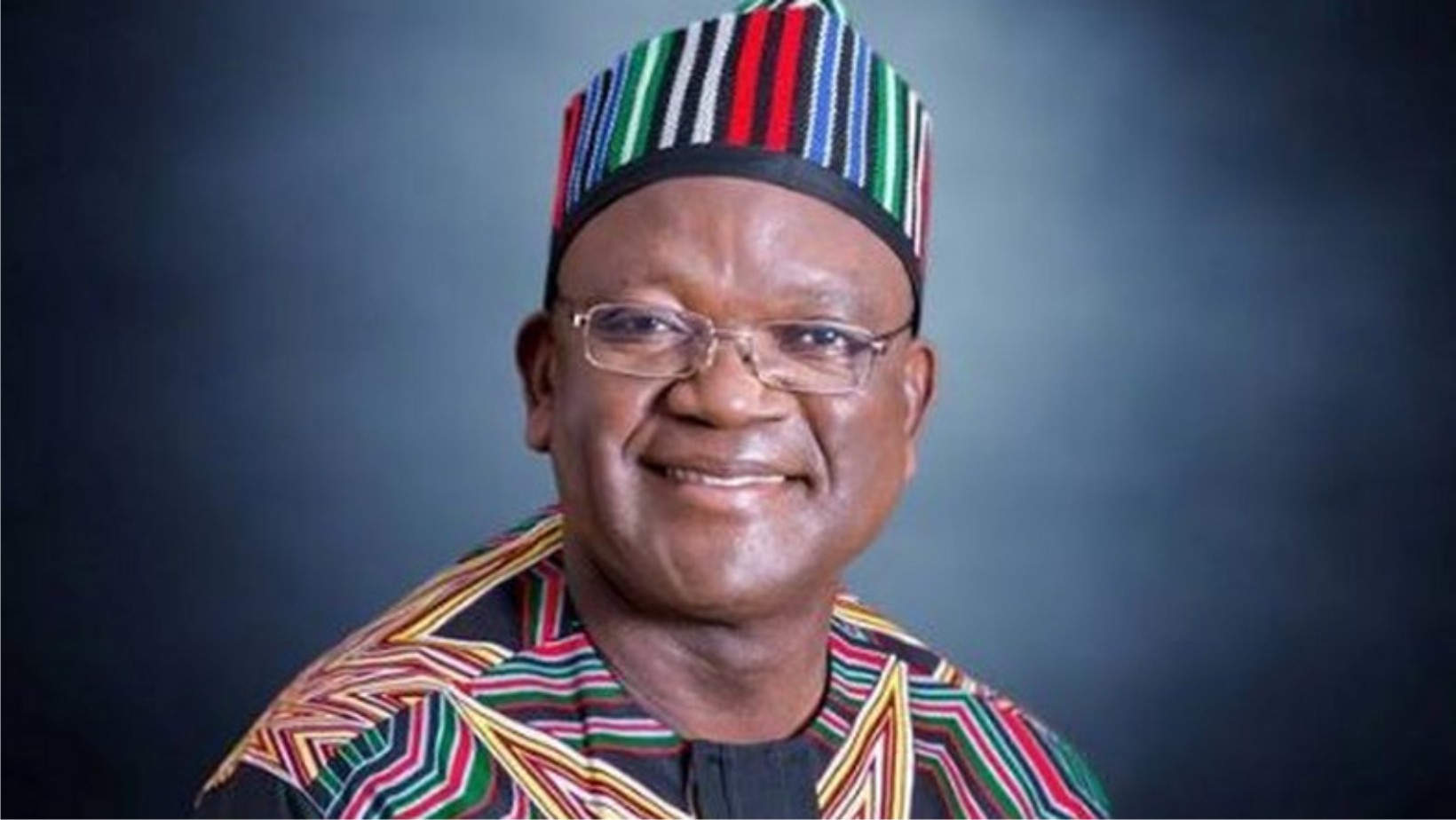Oil & Energy
When Will Geothermal Energy Go Mainstream?
As governments worldwide encourage greater innovation in renewable energy beyond wind and solar power, with significant funding opportunities available, alternative green energy sources are popping up around the globe, having been long neglected.
Despite the knowledge of a variety of renewable energy sources for several decades, most countries have focused on the low-cost sources that are easiest to produce. But the potential for many alternative energies is significant, requiring greater research and development to establish fruitful operations.
One such power source is geothermal, with the potential to harness the power of the Earth’s heat to produce abundant clean energy.
Yet, overcoming the barriers of access, with the need to drill deep into the Earth’s surface, has deterred many companies from investing in geothermal projects. Yet, both the EU and the U.S. Department of Energy (DoE) have highlighted the significant potential for geothermal energy in supporting a transition to green.
Now, French automaker, Renault, has announced it is betting big on the power source, but will others follow in its footsteps?
The EU has established an Implementation Working Group for deep geothermal (DG working group) to encourage greater investigation into geothermal energy in Europe, and to provide a clean heating and electricity source.
The DG working group is overseeing the rollout of the Deep geothermal implementation plan (IP). DG believes that establishing a geothermal energy industry in Europe will support the achievement of the European Green Deal and the Horizon Europe goals, with a switch from fossil fuels to geothermal expected to help decarbonise up to 25 percent of the region’s energy needs.
It is also thought that with the existing technology, 25 percent of the European population can cost-effectively deploy geothermal heating.
European Commission (EC) research showed that geothermal energy could help Europe in its aim to become the first carbon-neutral continent by 2050.
Geothermal energy is expected to contribute to Europe’s green energy mix, supporting modernised district and communal heating systems and helping achieve the EU’s 2022 REPowerEU Plantargets.
The development of a geothermal industry is also expected to help advance other renewable energy operations, with the potential for mineral extraction from geothermal fluids to enable sustainable lithium production.
Therefore, the EC is supporting several research projects into geothermal energy innovations that will help with Europe’s green transition.
Geothermal energy is generated by accessing underground heat pockets by drilling down into the surface of the Earth.
Thermal energy can be accessed in the rocks and water just a few miles underground by drilling into underground reservoirs to tap into geothermal sources. The heat can then drive turbines for electricity production.
Some projects have already been rolled out. For example, Croatia, which sits on top of an area of land with strong geothermal potential, has developed a geothermal plant, which stands out in the landscape due to its resemblance to a flying saucer.
The hope is to establish a 24-hour supply of energy for a carbon-free electricity grid, providing the green print for future projects in neighbouring Austria, Hungary, and Serbia.
The CEO of the Croatian Hydrocarbon Agency, Marijan Krpan, stated, “There is a huge potential to generate a lot of electricity out of this. There is a huge potential for district heating. And there is a huge potential for agriculture.”
However, despite the growing interest in geothermal energy, it is still little talked about at the international level, with most governments and energy firms continuing to invest heavily in wind and solar power. But this might be set to change.
In November, the automaker, Renault, announced it would be partnering with French utility Engie for the next 15 years to develop and run a geothermal project at its Douai facility.
Drilling operations are expected to commence in 2023, with plans to extract hot water at a depth of 4,000 meters.
The work is expected to meet the industrial and heating process needs by as early as 2025, with water temperatures between 130 and 140oc.
Renault stated that “Once implemented, this geothermal technology would provide a power of nearly 40 MW continuously.”
In addition, “In summer, when the need for heat is lower, geothermal energy could be used to produce carbon-free electricity,” it added.
But will this encourage other companies to follow in its footsteps? The once little-talked-about energy source is gradually gaining traction, especially as major political powers such as the EU and the U.S. provide funding for innovative geothermal solutions.
It may require a greater number of major private energy, automotive, and industry players to publicly make the move for others to understand the potential of geothermal and invest in this green energy source.
By: Felicity Bradstock
Bradstock reports for Oilprice.com
Oil & Energy
FG Woos IOCs On Energy Growth
The Federal Government has expressed optimism in attracting more investments by International Oil Companies (IOCs) into Nigeria to foster growth and sustainability in the energy sector.
This is as some IOCs, particularly Shell and TotalEnergies, had announced plans to divest some of their assets from the country.
Recall that Shell in January, 2024 had said it would sell the Shell Petroleum Development Company of Nigeria Limited (SPDC) to Renaissance.
According to the Minister of State for Petroleum Resources (Oil), Heineken Lokpobiri, increasing investments by IOCs as well as boosting crude production to enhancing Nigeria’s position as a leading player in the global energy market, are the key objectives of the Government.
Lokpobiri emphasized the Ministry’s willingness to collaborate with State Governments, particularly Bayelsa State, in advancing energy sector transformation efforts.
The Minister, who stressed the importance of cooperation in achieving shared goals said, “we are open to partnerships with Bayelsa State Government for mutual progress”.
In response to Governor Douye Diri’s appeal for Ministry intervention in restoring the Atala Oil Field belonging to Bayelsa State, the Minister assured prompt attention to the matter.
He said, “We will look into the issue promptly and ensure fairness and equity in addressing state concerns”.
Lokpobiri explained that the Bayelsa State Governor, Douyi Diri’s visit reaffirmed the commitment of both the Federal and State Government’s readiness to work together towards a sustainable, inclusive, and prosperous energy future for Nigeria.
While speaking, Governor Diri commended the Minister for his remarkable performance in revitalisng the nation’s energy sector.
Oil & Energy
Your Investment Is Safe, FG Tells Investors In Gas
The Federal Government has assured investors in the nation’s gas sector of the security and safety of their investments.
Minister of State for Petroleum Resources (Gas), Ekperikpe Ekpo, gave the assurance while hosting top officials of Shanghai Huayi Energy Chemical Company Group of China (HUAYI) and China Road and Bridge Corporation, who are strategic investors in Brass Methanol and Gas Hub Project in Bayelsa State.
The Minister in a statement stressed that Nigeria was open for investments and investors, insisting that present and prospective foreign investors have no need to entertain fear on the safety of their investment.
Describing the Brass project as one critical project of the President Bola Tinubu-led administration, Ekpo said.
“The Federal Government is committed to developing Nigeria’s gas reserves through projects such as the Brass Methanol project, which presents an opportunity for the diversification of Nigeria’s economy.
“It is for this and other reasons that the project has been accorded the significant concessions (or support) that it enjoys from the government.
“Let me, therefore, assure you of the strong commitment of our government to the security and safety of yours and other investments as we have continually done for similar Chinese investments in Nigeria through the years”, he added.
Ekpo further tasked investors and contractors working on the project to double their efforts, saying, “I want to see this project running for the good of Nigeria and its investors”.
Earlier in his speech, Leader of the Chinese delegation, Mr Zheng Bi Jun, said the visit to the country was to carry out feasibility studies for investments in methanol projects.
On his part, the Managing Director of Brass Fertiliser and Petrochemical Ltd, Mr Ben Okoye, expressed optimism in partnering with genuine investors on the project.
Oil & Energy
Oil Prices Record Second Monthly Gain
Crude oil prices recently logged their second monthly gain in a row as OPEC+ extended their supply curb deal until the end of Q2 2024.
The gains have been considerable, with WTI adding about $7 per barrel over the month of February.
Yet a lot of analysts remain bearish about the commodity’s prospects. In fact, they believe that there is enough oil supply globally to keep Brent around $81 this year and WTI at some $76.50, according to a Reuters poll.
Yet, like last year in U.S. shale showed, there is always the possibility of a major surprise.
According to the respondents in that poll, what’s keeping prices tame is, first, the fact that the Red Sea crisis has not yet affected oil shipments in the region, thanks to alternative routes.
The second reason cited by the analysts is OPEC+ spare capacity, which has increased, thanks to the cuts.
“Spare capacity has reached a multi-year high, which will keep overall market sentiment under pressure over the coming months”, senior analyst, Florian Grunberger, told Reuters.
The perception of ample spare capacity is definitely one factor keeping traders and analysts bearish as they assume this capacity would be put into operation as soon as the market needs it. This may well be an incorrect assumption.
Saudi Arabia and OPEC have given multiple signs that they would only release more production if prices are to their liking, and if cuts are getting extended, then current prices are not to OPEC’s liking yet.
There is more, too. The Saudis, which are cutting the most and have the greatest spare capacity at around 3 million barrels daily right now, are acutely aware that the moment they release additional supply, prices will plunge.
Therefore, the chance of Saudi cuts being reversed anytime soon is pretty slim.
Then there is the U.S. oil production factor. Last year, analysts expected modest output additions from the shale patch because the rig count remained consistently lower than what it was during the strongest shale boom years.
That assumption proved wrong as drillers made substantial gains in well productivity that pushed total production to yet another record.
Perhaps a bit oddly, analysts are once again making a bold assumption for this year: that the productivity gains will continue at the same rate this year as well.
The Energy Information Administration disagrees. In its latest Short-Term Energy Outlook, the authority estimated that U.S. oil output had reached a record high of 13.3 million barrels daily that in January fell to 12.6 million bpd due to harsh winter weather.
For the rest of the year, however, the EIA has forecast a production level remaining around the December record, which will only be broken in February 2025.
Oil demand, meanwhile, will be growing. Wood Mackenzie recently predicted 2024 demand growth at 1.9 million barrels daily.
OPEC sees this year’s demand growth at 2.25 million barrels daily. The IEA is, as usual, the most modest in its expectations, seeing 2024 demand for oil grow by 1.2 million bpd.
With OPEC+ keeping a lid on production and U.S. production remaining largely flat on 2023, if the EIA is correct, a tightening of the supply situation is only a matter of time. Indeed, some are predicting that already.
Natural resource-focused investors Goehring and Rozencwajg recently released their latest market outlook, in which they warned that the oil market may already be in a structural deficit, to manifest later this year.
They also noted a change in the methodology that the EIA uses to estimate oil production, which may well have led to a serious overestimation of production growth.
The discrepancy between actual and reported production, Goehring and Rozencwajg said, could be so significant that the EIA may be estimating growth where there’s a production decline.
So, on the one hand, some pretty important assumptions are being made about demand, namely, that it will grow more slowly this year than it did last year.
This assumption is based on another one, by the way, and this is the assumption that EV sales will rise as strongly as they did last year, when they failed to make a dent in oil demand growth, and kill some oil demand.
On the other hand, there is the assumption that U.S. drillers will keep drilling like they did last year. What would motivate such a development is unclear, besides the expectation that Europe will take in even more U.S. crude this year than it already is.
This is a much safer assumption than the one about demand, by the way. And yet, there are indications from the U.S. oil industry that there will be no pumping at will this year. There will be more production discipline.
Predicting oil prices accurately, even over the shortest of periods, is as safe as flipping a coin. With the number of variables at play at any moment, accurate predictions are usually little more than a fluke, especially when perceptions play such an outsized role in price movements.
One thing is for sure, though. There may be surprises this year in oil.
lrina Slav
Slav writes for Oilprice.com.
-
Opinion2 days ago
Is Nigeria Democratic Nation?
-

 News2 days ago
News2 days agoI’m Committed To Community Dev – Ajinwo
-

 News2 days ago
News2 days ago2027: I Stand With Southern Presidency -Ortom
-
Rivers2 days ago
HOS Tasks Rural Dwellers On RAAMP … As Project Sensitization Team Visit Degema, AKULGA
-

 News2 days ago
News2 days agoSenate Replaces Natasha As Committee Chairman
-
Opinion2 days ago
Checking Herdsmen Rampage
-

 Niger Delta2 days ago
Niger Delta2 days agoHYPREP Trains Lab Technicians To Standardise Water Quality In Ogoniland
-
News2 days ago
Tinubu, Govs Forum Congratulate Okpebholo On S’Court Victory …As Obaseki Expresses Disappointment

